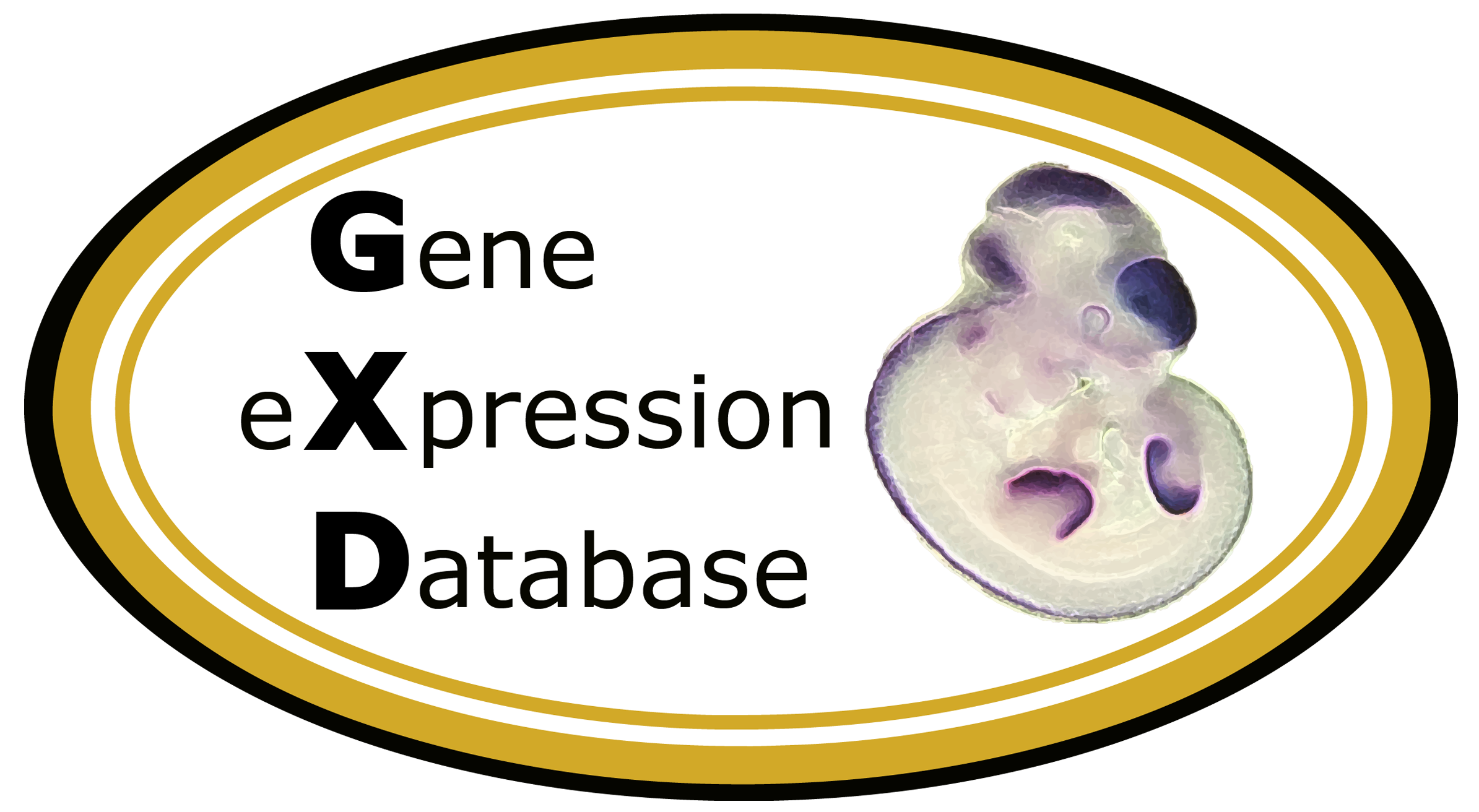Hoxd11 probe
Probe Detail
-
Species
mouse, laboratory
J:32046
Izpisua-Belmonte JC, et al., Murine genes related to the Drosophila AbdB homeotic genes are sequentially expressed during development of the posterior part of the body. EMBO J. 1991 Aug;10(8):2279-89
J:19897
Charite J, et al., Ectopic expression of Hoxb-8 causes duplication of the ZPA in the forelimb and homeotic transformation of axial structures. Cell. 1994 Aug 26;78(4):589-601
J:39658
Buscher D, et al., Evidence for genetic control of Sonic hedgehog by Gli3 in mouse limb development. Mech Dev. 1997 Mar;62(2):175-82
J:43311
Peichel CL, et al., The mouse Ulnaless mutation deregulates posterior HoxD gene expression and alters appendicular patterning. Development. 1997 Sep;124(18):3481-92
J:46141
Hostikka SL, et al., The mouse Hoxc11 gene: genomic structure and expression pattern. Mech Dev. 1998 Jan;70(1-2):133-45
J:101265
Kuijper S, et al., Function and regulation of Alx4 in limb development: complex genetic interactions with Gli3 and Shh. Dev Biol. 2005 Sep 15;285(2):533-44
J:148364
Hibiya K, et al., Brpf1, a subunit of the MOZ histone acetyl transferase complex, maintains expression of anterior and posterior Hox genes for proper patterning of craniofacial and caudal skeletons. Dev Biol. 2009 May 15;329(2):176-90
 Analysis Tools
Analysis Tools



